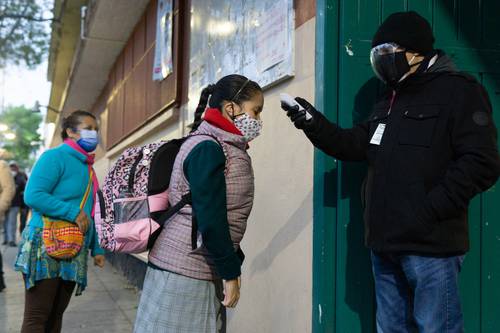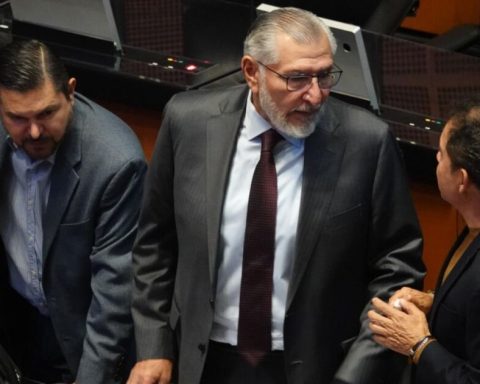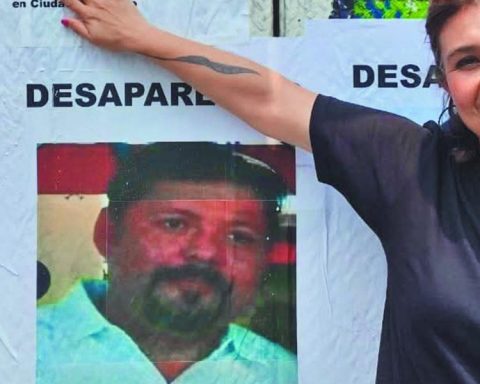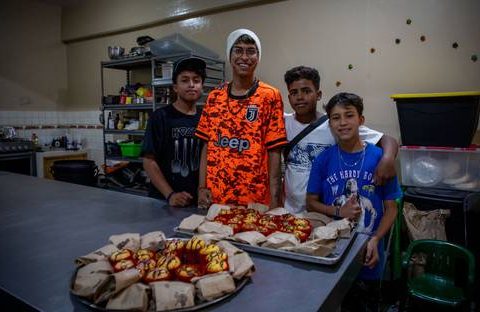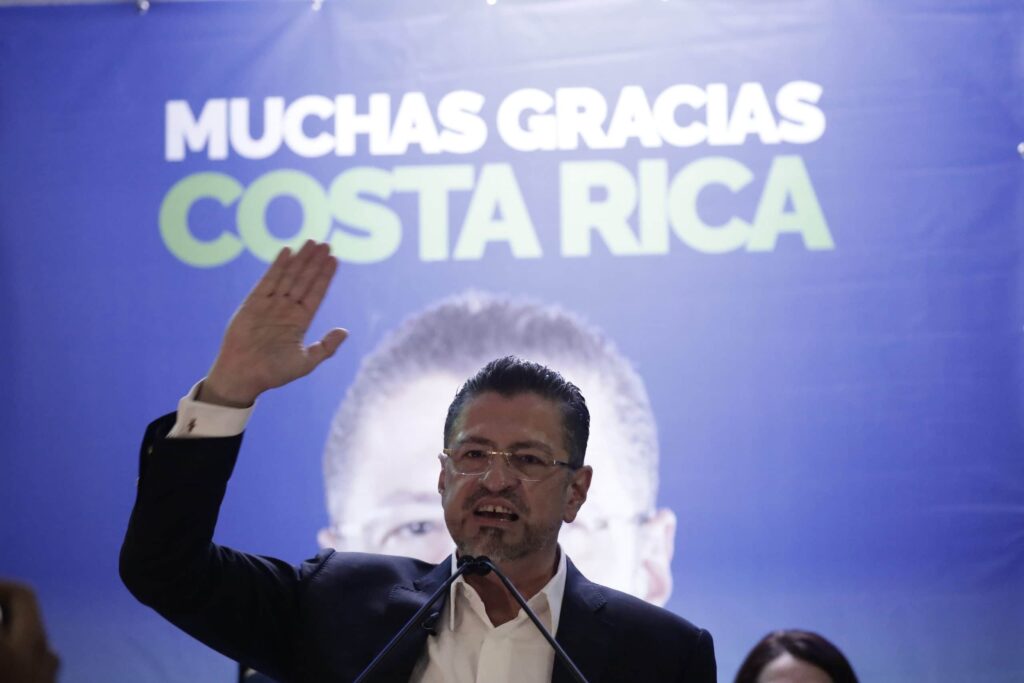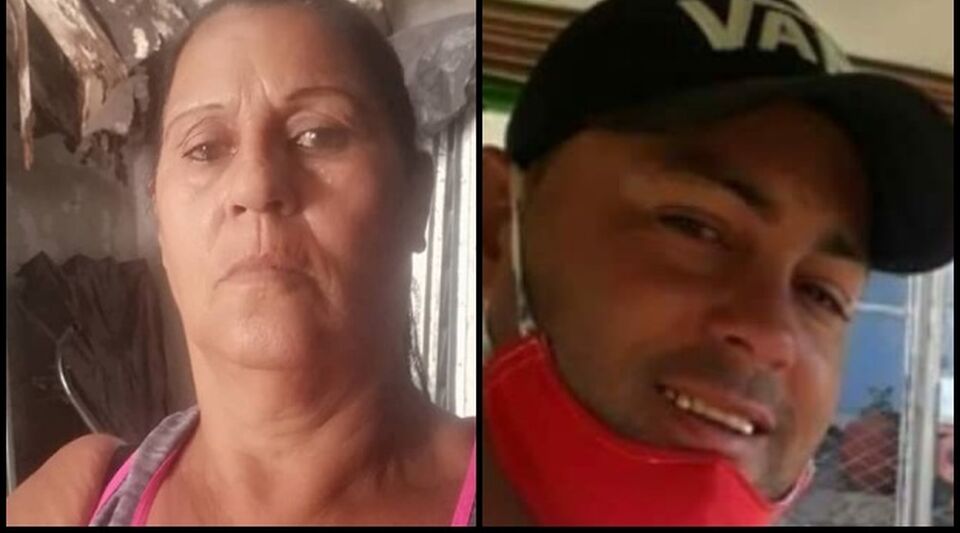24 out of 100 basic education students still do not return to face-to-face classes
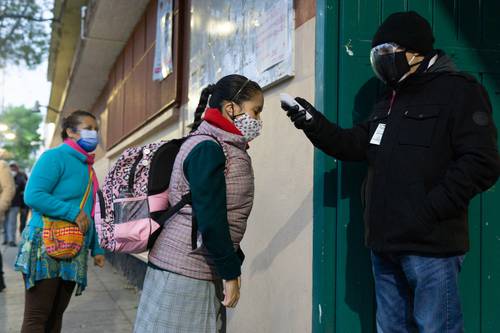
▲ Measures to allow entry to high school number 14 Jorge Quijano, on Río de la Loza avenue in the Doctores neighborhood, in the context of the return to face-to-face classes.Photo Pablo Ramos
Fernando Camacho Servin
Newspaper La Jornada
Friday April 22, 2022, p. eleven
After the federal government ordered in September 2021 to restart face-to-face classes in basic education, a quarter of the students still do not return to school, largely because their parents decide not to send them, according to the Comprehensive Analysis Dashboard of the Return to Classes in the context of the covid-19 pandemic.
In the presentation of the results of this tool – developed jointly by the Ministry of Public Education and the United Nations Children’s Fund (Unicef, for its acronym in English) – various statistics were released on the conditions in which find public schools to receive students again and to what extent they have decided to return.
According to the document -which collected data from 115,066 schools out of a total of 229,000 throughout the country-, 76 percent of basic education students have followed the instruction to return to face-to-face classes, as have 99 percent. percent of teachers and administrative staff, which means that this modality is already applied in 73 percent of the schools.
When studying the causes of absences from classrooms, the board indicated that 56 percent are due to the fact that parents decided not to send their children to school, in 6 percent the reasons are unknown and in 38 percent simply they argue other causes
.
Regarding the actions taken so that the students return to direct classes in the classroom, in 35 percent of the cases telephone calls have been made, in 8 percent home visits were made and none
measured at 6 percent.
The states where there is the lowest rate of absenteeism throughout the country are Coahuila and Oaxaca, with 93 percent of the student body that has returned to their schools, while the highest levels of this phenomenon occur in Tabasco (only 43 percent), Quintana Roo (60), Sonora (61) and Guanajuato (65).
Regarding the infrastructure conditions of public basic education schools, the study reported that in 88 percent there is running water to wash hands with the frequency required by the covid-19 pandemic; only 54 percent have soap and only 50 percent have antibacterial gel.
The dashboard also revealed that only 30 percent of schools have Internet for their students and teachers, while in 90 percent there were possibilities of rearranging the furniture to apply healthy distance measures.
